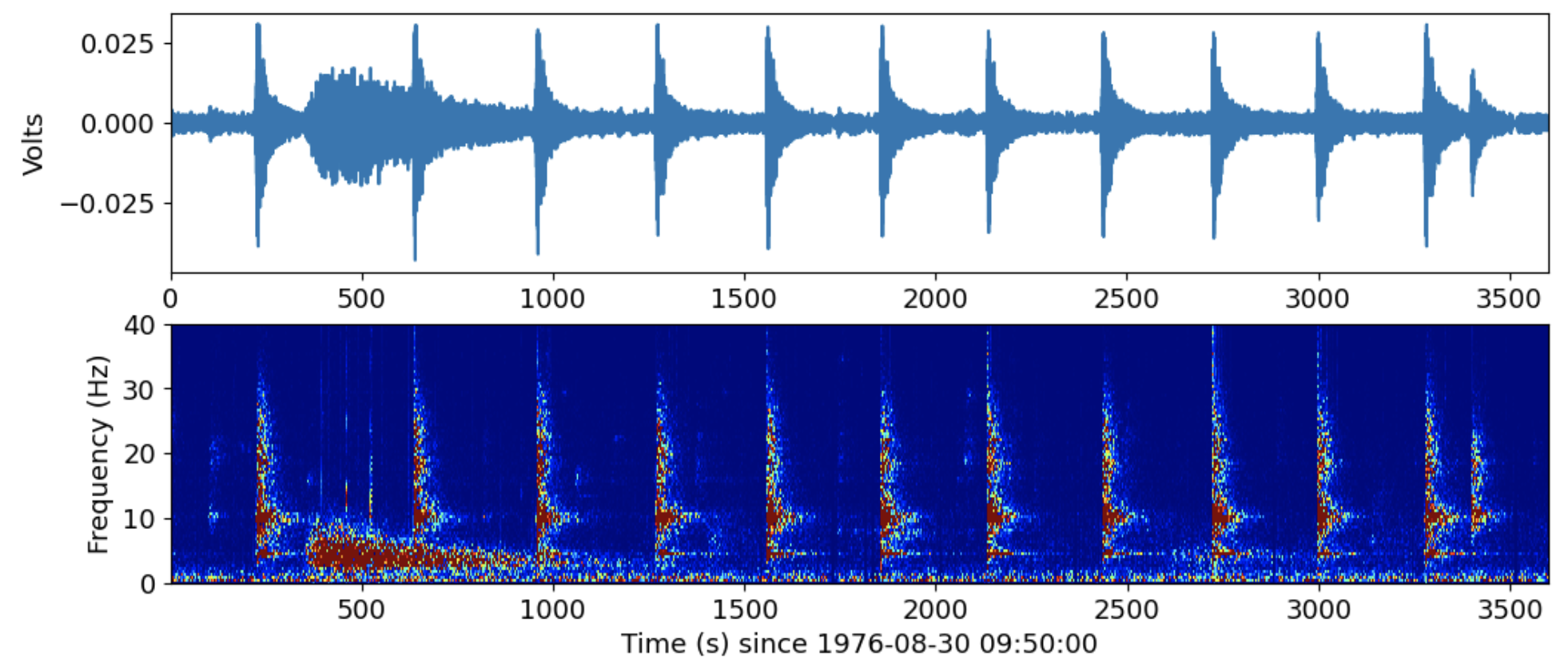In the 1970s, astronauts placed three seismometers on the lunar surface, to collect data between October 1976 and May 1977. A new study has looked at this seismograph data, discovering that some of the repeating tremors appear to be coming from the Apollo 17 lander.
When earthquakes occur on Earth, waves of energy are sent out in all directions. By measuring the tremors from several locations at the surface, scientists can create a map of the Earth’s interior. Since rocks and liquids within the Earth are of different densities, the waves move through them at different speeds, allowing geologists to figure out what type of material the waves are going through. This is known as seismic tomography.
The US Apollo program placed a number of seismographs on the Moon to learn about its structure in the same way. By analyzing the data, scientists have learned about the inner structure, including that the Moon has an inner core about 500 kilometers (310 miles) across, much less dense than the Earth’s.
Moonquakes are not thought to be caused by the movements of tectonic plates, like here on Earth. Instead, it’s thought that the Earth’s gravity causes solid tidal stresses on the Moon, cracking it and causing the pieces to rub together. Other types of moonquakes recorded by the Apollo seismographs were likely due to meteorites smashing into the Moon, while long, shallow moonquakes are a little trickier to explain with the data we have.
In a new study, researchers from Caltech used machine learning to analyze data from the three seismographs placed by the Apollo 17 crew a few hundred meters away from their base. The researchers found that moonquakes took place regularly, every afternoon as the lunar surface begins to cool again.
In the mornings, however, they also found unusual repeating signals that couldn’t be explained by natural causes.
“Every lunar morning when the sun hits the lander, it starts popping off,” Allen Husker, research professor of geophysics and co-author on the new study, said in a statement. “Every five to six minutes another one, over a period of five to seven Earth hours. They were incredibly regular and repeating.”

The regularly occurring moonquakes.
Image credit: Civilini et al
The team determined that these quakes were coming from the Apollo 17 lander itself. As it heated up in the morning and began expanding, the creaking vibrations were picked up by the nearby seismographs. As well as being a cool discovery in itself, the team believes it could help future Moon missions understand how the equipment expands and contracts while on the lunar surface. Before we go back, or perhaps even start to work on a Moon base, we will also want to look for useful mineral deposits beneath the surface.
“We will hopefully be able to map out the subsurface cratering and to look for deposits,” Husker added. “There are also certain regions in craters at the Moon’s South Pole that never see sunlight; they are permanently shadowed. If we could put up a few seismometers there, we could look for water ice that may be trapped in the subsurface; seismic waves travel slower through water.”
Currently, India’s lunar Vikram lander is positioned near the South Pole, equipped with seismograph, and has detected movement potentially from underneath the surface. The detection is under investigation.
The study is published in JGR Planets.
Source Link: Movement Detected On The Moon Appears To Be Coming From The Apollo 17 Lander